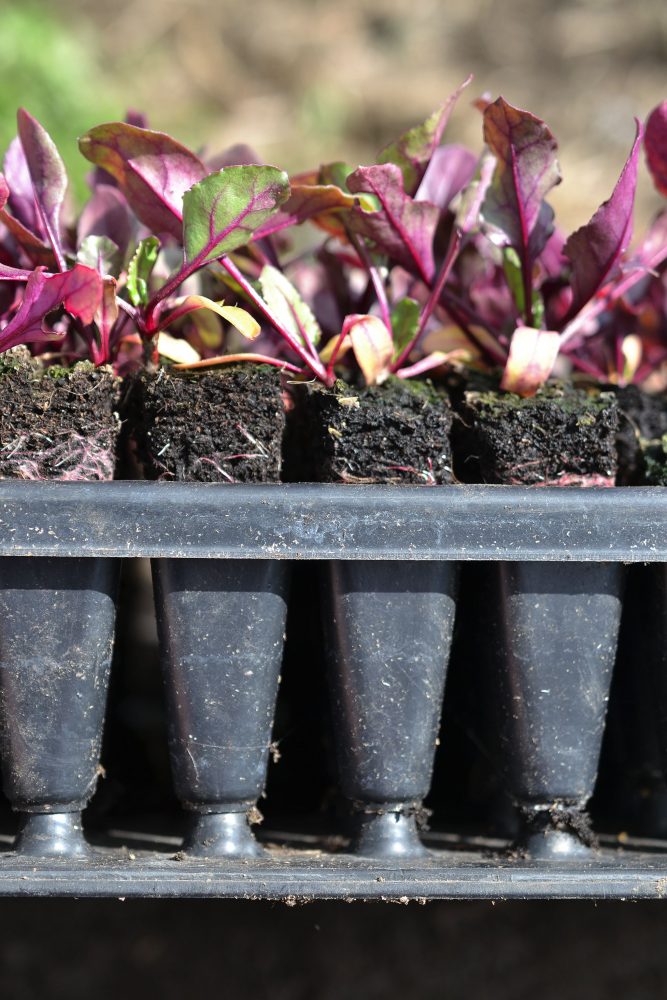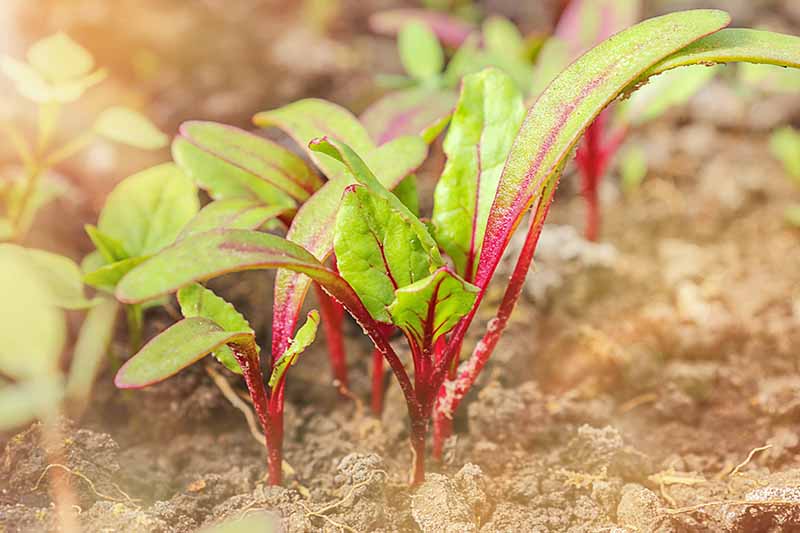

You can also pickle beets for a treat you can enjoy all year long. To serve your beets and their leaves, try them fresh in salads. As mentioned, you can serve the leaves or cut the beet from the leaves at ½ an inch down from the head. To harvest your beet, gently loosen the soil around it and pull. This will help you determine if the buried root is ready without pulling the entire beet out. If you want to harvest the root of the beet, wait until the outer leaves are about 6 inches long. The leaves of beets can be harvested at anytime. Be vigilant about watering the beets and not allowing the soil to dry out. This should do the trick.īeets grow quickly when their soil is kept moist, but not soggy. Should you see any, pick them off by hand and use a light netting to cover your plants. You will find that beets do not attract many pests. General tips for producing a good beet crop: Besides phosphorous, watering the beets with 1 inch of water per week will keep the soil moist and the roots fed. This will help enrich the soil and best feed the seedlings. Most soil blends don’t have ample amounts of phosphorous in it already, so you can add bone meal to your soil several weeks into your planting. This will allow your remaining seedlings to thrive and grow a decent size.īeets rely on nutrients in the soil to thrive, one of which is phosphorous. Just remove your skinnier seedlings and keep the hardier ones. You can do this around 4 weeks into the growing process. When planting multiple rows you will want a decent foot in between each row so you can easily access and harvest the plants.īeet seedlings will need to be thinned out. You want to plant seeds 1 inch deep, and 3-4 inches apart. Once you are ready to sow, choose a spot that gets six hours of sun and has well drained, rich soil. To do this, soak the seeds in a bowl of water overnight so the shell is softened and the seed swells. This will help speed up the maturity process. Whether you decide to start them indoors or wish to sow them directly outside, softening the hard seed covering is key. With a little work and effort, you will be pulling beets out of the ground in no time! Tips for Growing Beets in Your Gardenīeets are another quick maturing seed, so you really don’t need to worry about starting them indoors. If you are considering growing beets, take a look below at tips for growing beets in your garden.

Beets don’t require a great deal of space to grow, so they are perfect for gardeners with little space as well. If you keep planting beet seeds every two or three weeks, you’ll have a steady supply of tasty young beets into the early summer.Beets are a cool weather loving root vegetable, perfect for pickling or serving in side dishes.It’s a good idea to leave the cover cloth in place or stretch it over short hoops and seal the edges to give plants a healthy start and provide extra protection from pests.An alternative is to plant with another crop, like radish seeds, that will sprout faster and keep soil workable. Seal the cloth edges with a board or other method and use a hand sprinkler to water through the material. To keep the top layer of soil aerated, cover the planting area with floating row cover cloth or burlap.

Cover lightly with soil and give the seeds a light sprinkling.


 0 kommentar(er)
0 kommentar(er)
